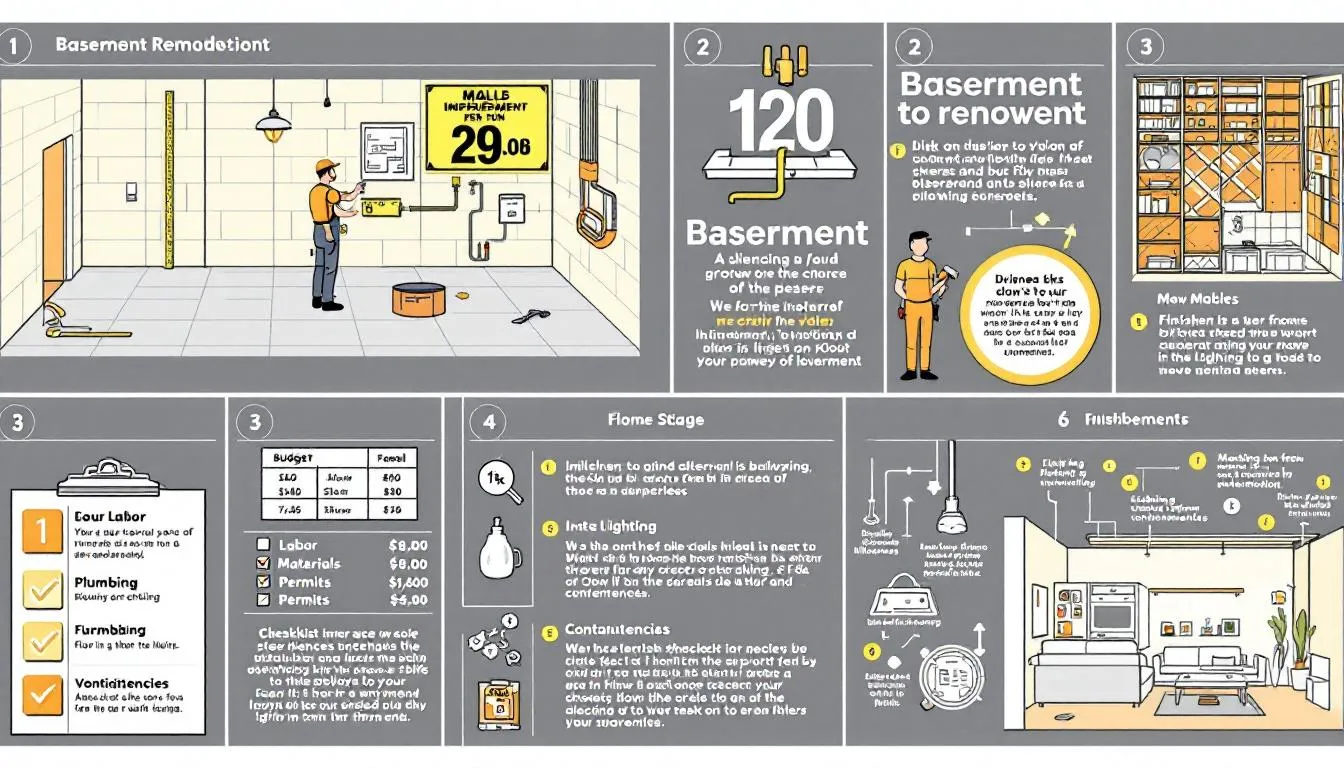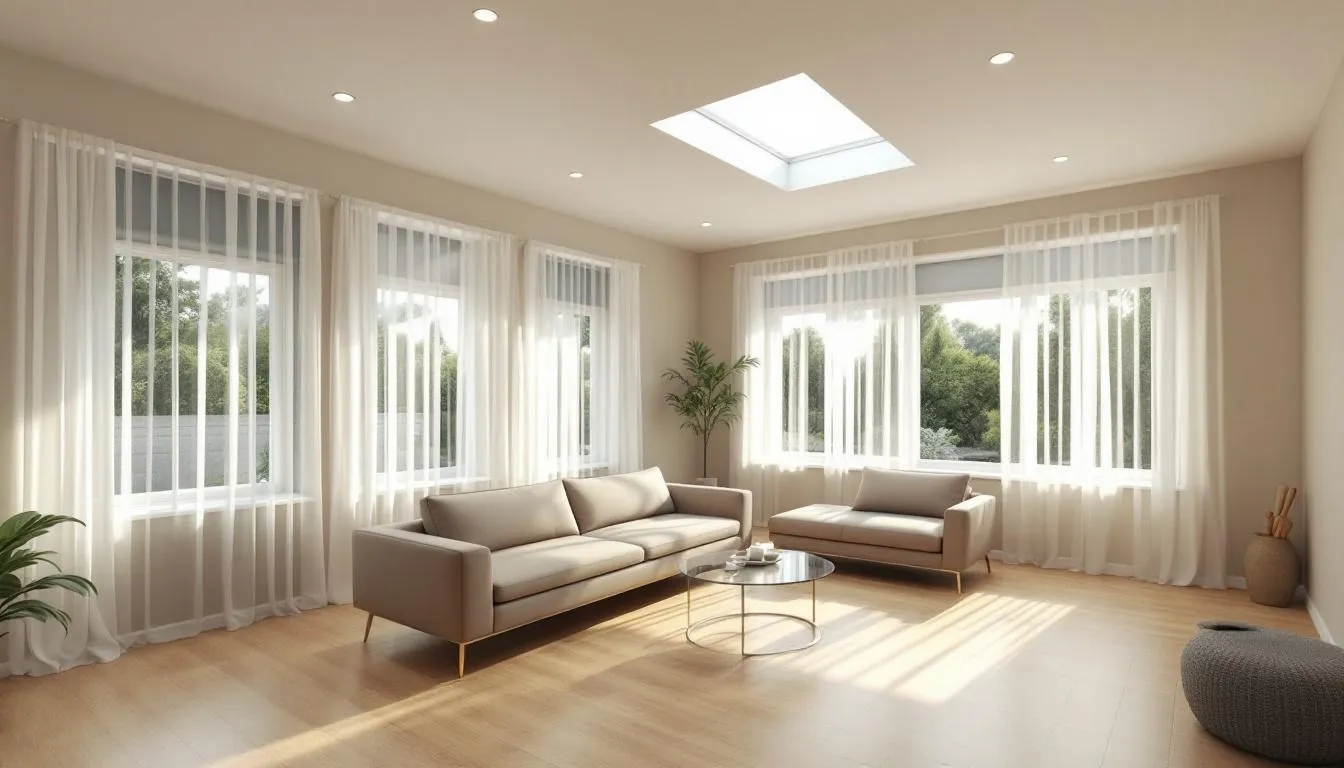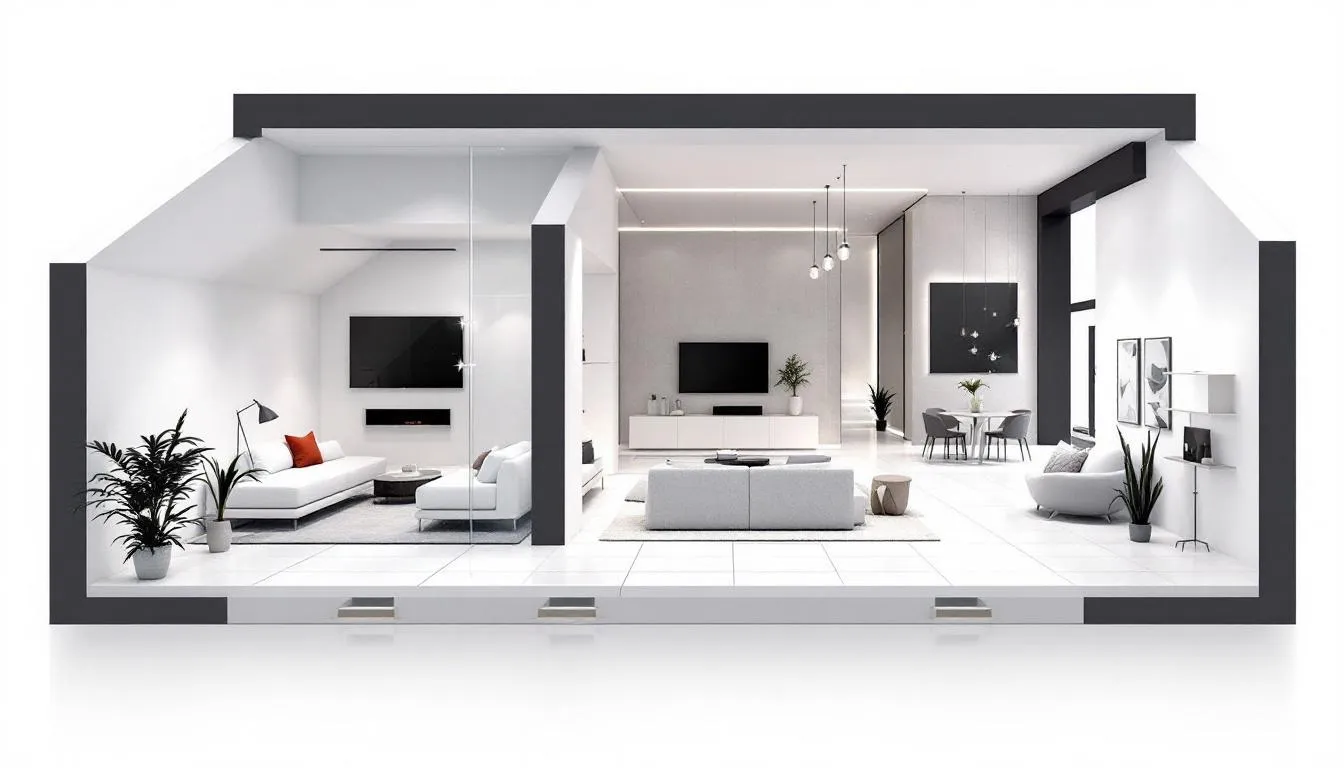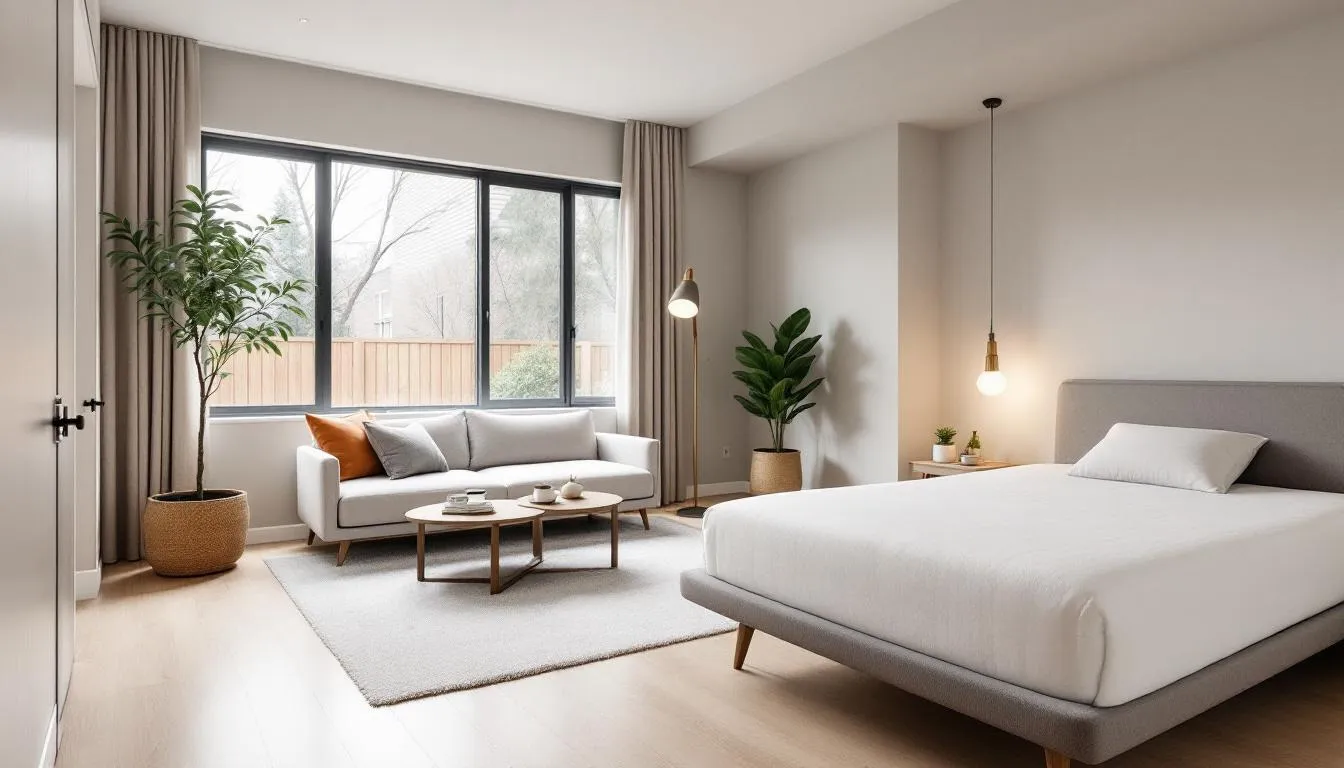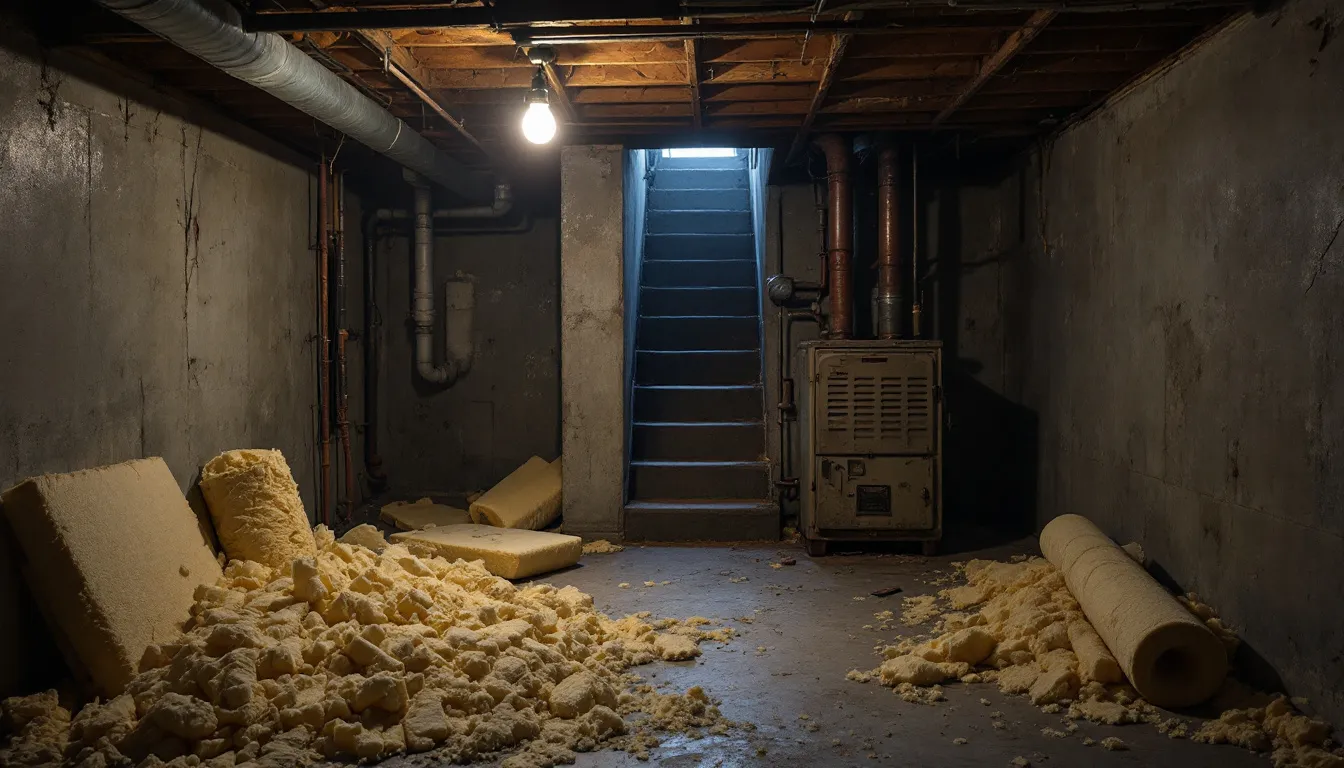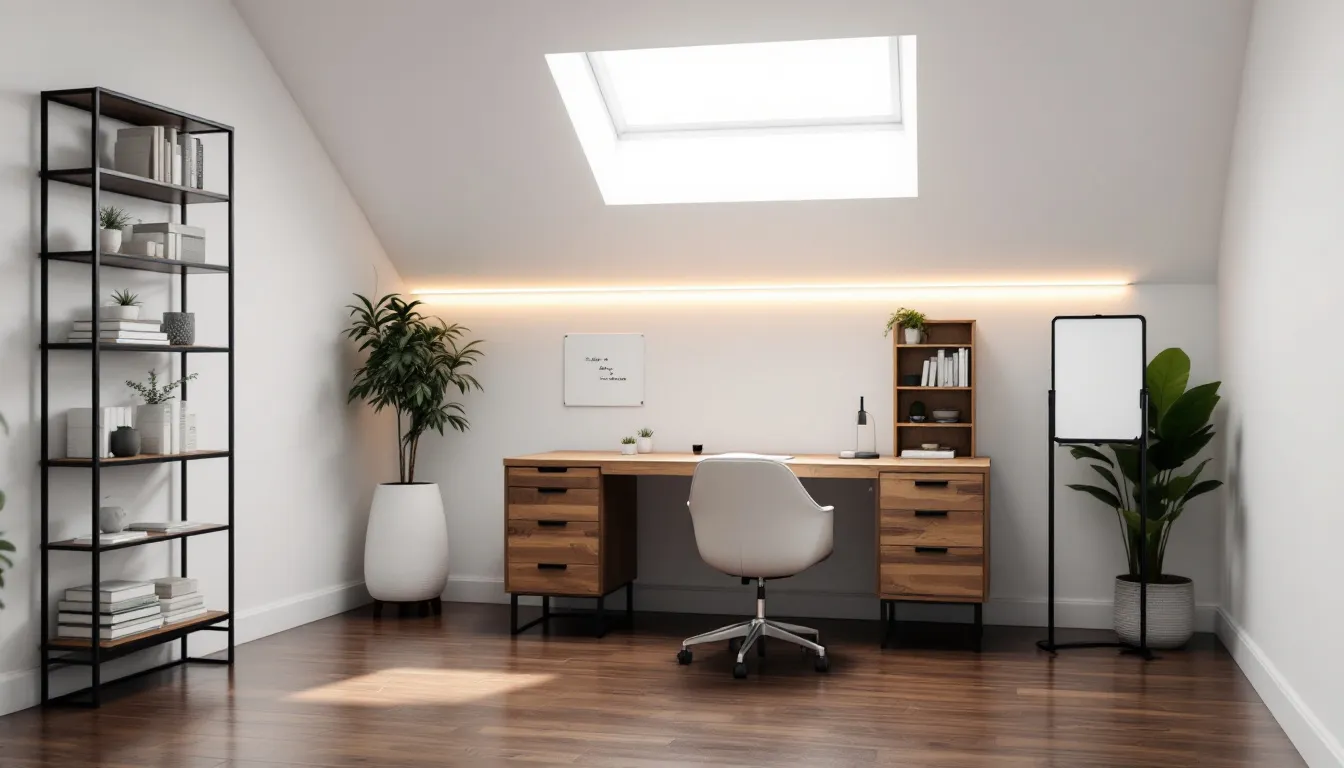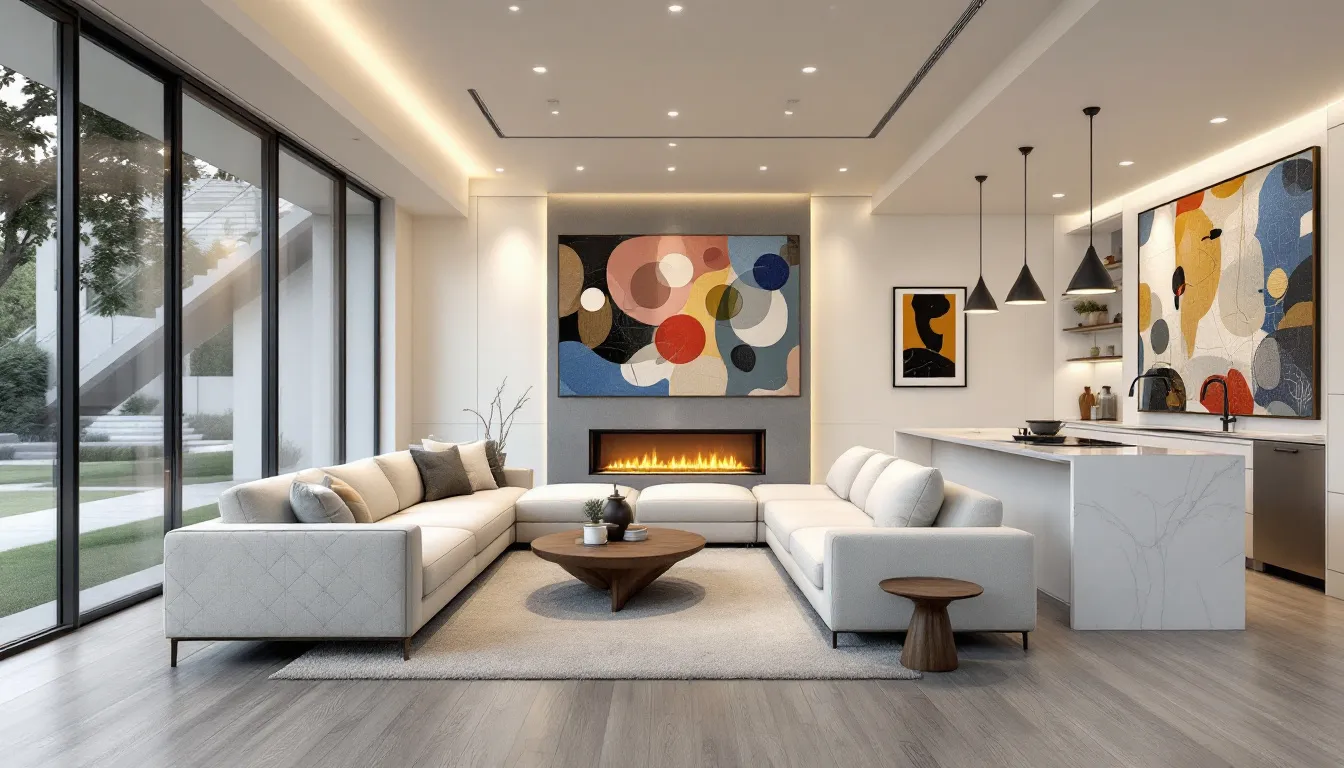Basement Bar Ideas That Bring the Party Home
Looking for basement bar ideas that bring the party home? Transform your dull basement into a lively bar where friends and family can gather. Our list includes everything from cozy speakeasy setups to modern minimalist designs, ensuring you find the perfect inspiration for your space.
Key Takeaways
- Transform your basement into a cozy speakeasy or modern minimalist bar with carefully chosen decor and furniture to enhance the atmosphere.
- Incorporate unique elements like a wine cellar or bold color accents to add character and visual appeal to your basement bar.
- Maximize functionality with smart storage solutions and comfortable seating, ensuring your basement bar is organized and inviting for gatherings.
Create a Cozy Speakeasy Vibe
Imagine stepping into a hidden gem of the Prohibition era right in your own home. Transform your basement bar into a cozy speakeasy by introducing vintage decor, low lighting, and unique details that echo the clandestine charm of the 1920s. This theme not only exudes sophistication but also creates a warm and inviting atmosphere for lively gatherings.
Start by incorporating dark wood paneling and rich leather seating, which instantly lend a sense of rustic charm and elegance. Antique mirrors and soft under-lighting can further enhance this sophisticated feel, making your guests feel like they’ve stepped back in time to an interior design country setting. The cohesive look of these elements creates an environment that invites relaxation and enjoyment.
Finalize the look with brass accents and surprising decorative details such as vintage oil paintings. These elements not only add to the overall aesthetic but also make your basement bar a stylish, vibrant space for entertaining guests. Combining these features results in a speakeasy vibe that makes each visit to your home bar memorable and perfect for lively gatherings.
Design a Modern Minimalist Bar
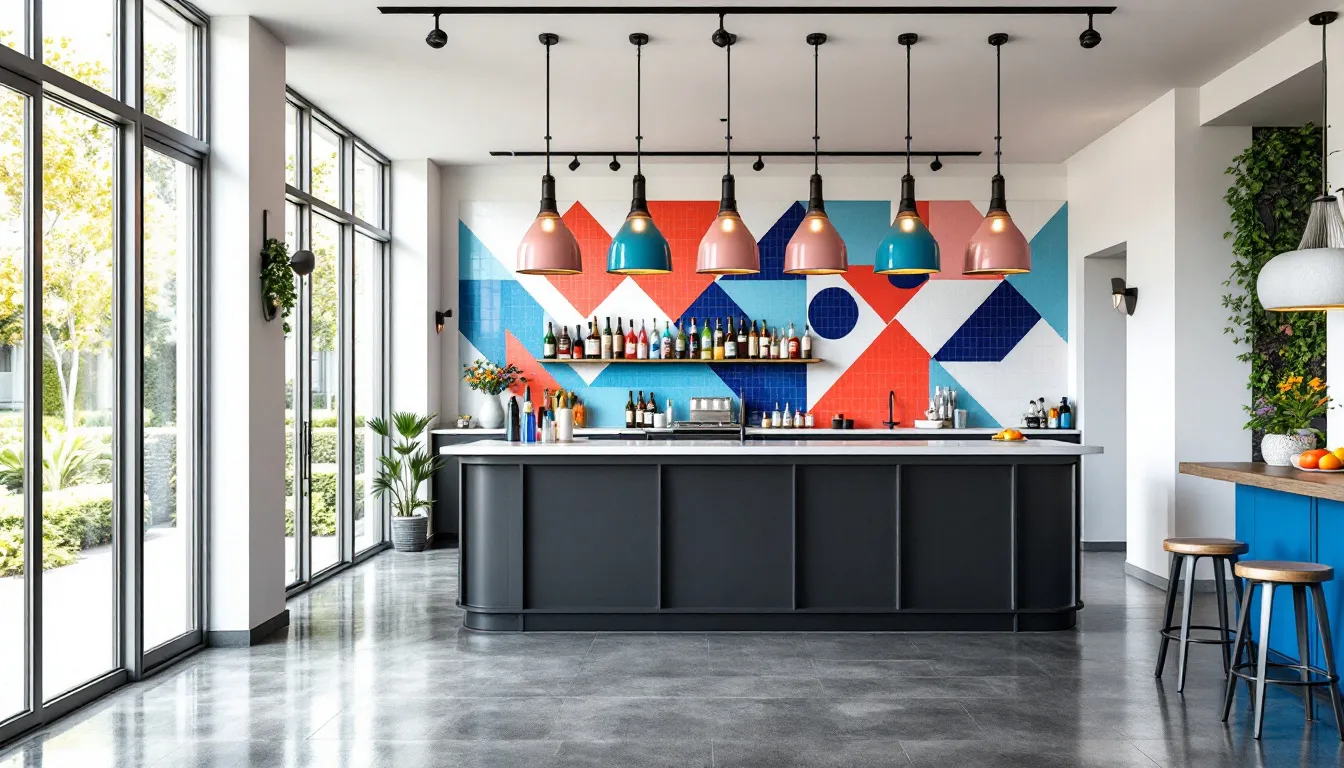
If you prefer a more contemporary look, a modern minimalist bar might be the perfect choice for your basement. This design focuses on clean lines, functional furnishings, and a sleek aesthetic that is both stylish and easy to maintain. Materials like stainless steel, glass, and concrete are ideal for achieving this modern look, ensuring functionality while also adding a touch of industrial feel.
Choose a monochromatic color palette featuring whites, blacks, and grays to simplify the visual complexity and create a clean, cohesive look. Quartz countertops are an excellent choice for maintaining a minimalist aesthetic while ensuring durability and ease of maintenance. Integrating simple geometric shapes in furniture design further enhances the streamlined look of your basement bar.
Functional furnishings are key in a minimalist bar. Here are some elements to consider:
- Incorporate open shelving to maximize space and enhance the airiness of the design.
- Use sleek bar stools with simple lines to complement the overall design.
- Add pendant lighting with clean designs to focus above the bar without overwhelming the space.
These modern designs ensure your basement bar features an arched design that is both sophisticated and inviting, created to enhance your wet bar space.
Incorporate a Wine Cellar
For wine enthusiast, incorporating a wine cellar into your basement bar is a fantastic idea that adds both value and aesthetic appeal to your home. A well-designed wine cellar can maintain optimal humidity levels, ensuring your wine collection is preserved in perfect condition. The temperature should ideally be kept between 50-58°F to maintain the quality of your wines.
Custom wine racks are essential for organizing and displaying your collection. These racks can be tailored to fit different bottle sizes, making efficient use of the space available. Built-in shelving and open shelving options can also be used for storing glassware and other bar essentials, adding both functionality and visual appeal to your wine cellar.
Consider using natural stone or tile to enhance the aesthetic appeal of your wine cellar. Materials like slate, marble, and granite not only look stunning but also contribute to maintaining the ideal environment for your wine collection. Combining these elements results in a sophisticated and functional wine cellar that beautifully complements your basement bar.
Use Bold Color Accents
Adding bold color accents to your basement bar can instantly elevate its visual appeal and create a lively atmosphere. Vibrant hues can be used to create focal points and add depth to the bar space. For instance, an accent wall painted in a bold color can make a significant impact and draw attention to specific areas within the bar.
Contrasting colors can also be used to emphasize different elements of the design. For example, pairing neutral tones with bold geometric patterns can create a striking visual effect that enhances the overall theme of the bar. Brightly colored furniture, such as bar stools and seating, can serve as the perfect addition to your basement bar, making it feel more inviting and dynamic.
Gold accents can add a touch of elegance and sophistication to the space. Whether it’s through decorative elements or furniture, incorporating bold color accents can transform your basement bar into a stylish and vibrant space that reflects your unique style and personality.
Install Ambient Lighting
Lighting plays a crucial role in setting the mood and enhancing the functionality of your basement bar. Ambient lighting, in particular, helps create a cozy and inviting atmosphere that makes the space feel warm and welcoming. By combining various types of lighting, such as LED strips and accent lights, you can achieve a layered lighting effect that adds depth and character to the bar.
LED lighting under shelves can enhance visibility while adding a stylish glow to your bar area. Pendant lights above the bar counter can serve as focal points, adding both personality and charm to the space. If your bar has upper cabinets, under-cabinet lighting is essential for enhancing visibility and creating a well-lit workspace.
Spotlights can be used to highlight specific features in the bar area, such as artwork or shelving, adding a touch of personality and style. A striking modern pendant light can anchor the space and enhance the overall design of your basement bar. Careful selection and positioning of lighting create an ambient atmosphere, making your basement bar a delightful place to relax and entertain.
Repurpose Vintage Furniture
Repurposing vintage furniture is a fantastic way to add character and charm to your basement bar. Old armoires, dressers, and antique trunks can be creatively transformed into stylish and functional bar setups. For example, an old armoire can be converted into a unique bar cabinet, providing ample storage for your bar essentials while adding a touch of rustic charm.
Reclaimed wood and vintage bar stools are excellent choices for creating a rustic ambiance in your basement bar. A vintage sewing machine table can be transformed into a quirky bar table, adding an element of surprise and nostalgia to the space. Using repurposed furniture not only adds functionality but also blends with the overall design to create a cohesive and inviting atmosphere.
Incorporating brass fixtures and mirrored glass can enhance the vintage feel while providing practical storage solutions for glasses and bar tools. Repurposing vintage furniture results in a stylish and functional basement bar with a distinct charm reflecting a bygone era.
Build a Multifunctional Bar and Game Room
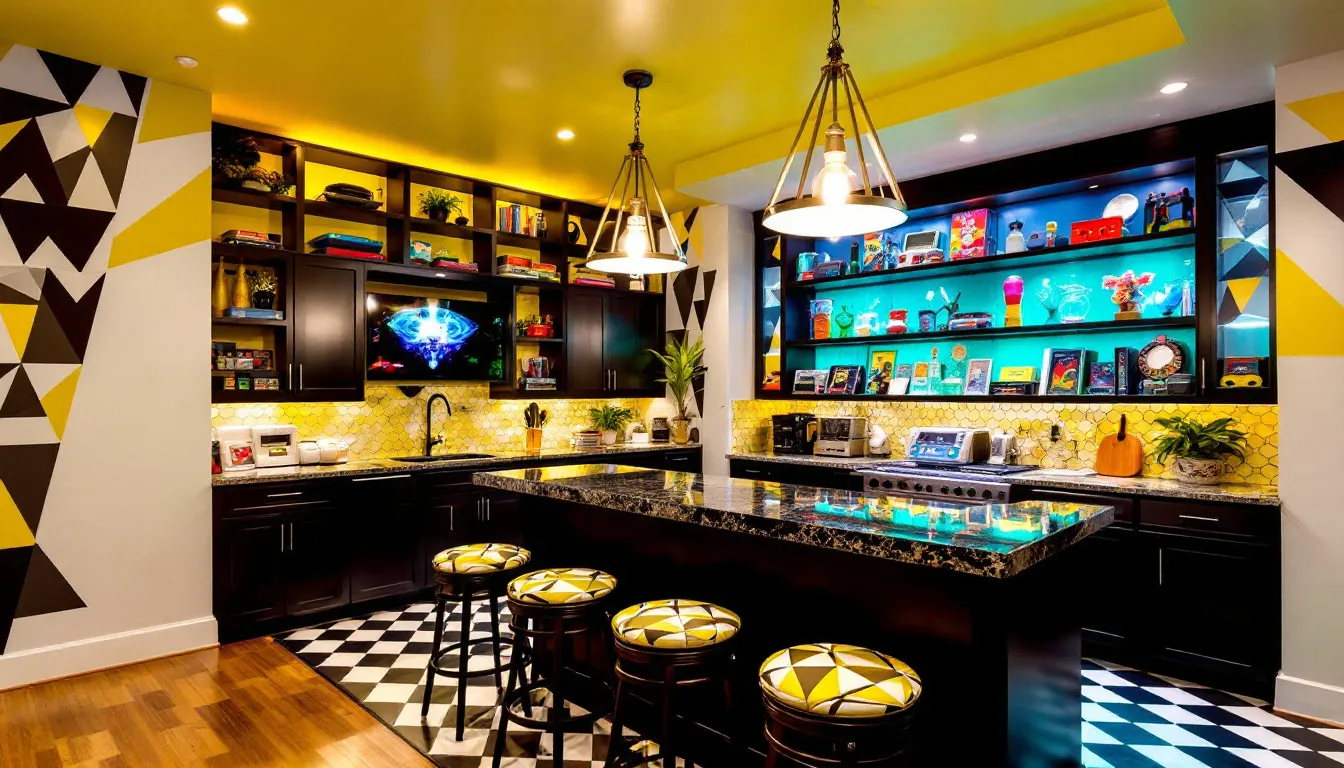
Transforming your basement bar into a multifunctional bar and game room can make it the ultimate entertainment hub for friends and family. Incorporate board games, video games, and sports viewing options to cater to diverse entertainment preferences. This combination ensures that there’s something for everyone, making your basement a go-to spot for game nights and social gatherings.
Flexible furniture options like fold-up tables and comfortable seating can accommodate various activities and make the space more space versatile. A wall-mounted TV can enhance the ambiance by providing a sports bar feel or festive pub-style decor. Adding elements like a pool table, arcade games, or a poker table can provide diverse gaming options and keep guests entertained.
Ensure that essential features like a bar counter, adequate lighting, and storage for drinks are integrated into the design. A well-stocked bar area with easy access to drinks and snacks can make your basement bar ideas and game room the perfect place for lively gatherings and unforgettable experiences.
Add Unique Backsplash Materials
Adding unique backsplash materials to your basement bar can create a focal point and add texture to the space. Materials like stone, mirrored surfaces, and tile backsplashes are popular choices for enhancing the visual appeal of the bar area. Stone options such as slate, marble, and granite can add a touch of elegance and durability to the design.
Textured materials like subway tiles and metallic tiles can provide depth and interest, giving your bar a modern touch. Glass tiles are another excellent option, as they reflect light and enhance the overall brightness and inviting atmosphere of your basement bar. A mirrored backsplash adds texture and can make the space feel larger and more open.
By carefully selecting and incorporating unique tile backsplash materials, you can add a stylish and functional element to your basement bar that enhances its overall design and appeal.
Maximize Storage Solutions
Maximizing storage solutions in your basement bar is essential for keeping the space organized and functional. Built-in shelving can help maximize vertical space, providing organized storage for glasses, bottles, and other bar essentials. Open shelving is another excellent option, allowing for easy access to frequently used bar tools and creating an attractive display of glassware.
Magnetic strips can be installed for securing bar tools and keeping them easily accessible. Pull-out drawers are an efficient way to store spirits and mixers while keeping them out of sight. Incorporating these storage solutions ensures a well-organized and functional basement bar that maximizes the available space.
Create Comfortable Seating Areas
Comfortable seating arrangements are essential for creating an inviting and enjoyable basement bar. Plush sofas and armchairs can add a cozy atmosphere, making guests feel relaxed and comfortable. Oversized cushions and throw blankets in the seating area can enhance this laid-back vibe, encouraging guests to linger and enjoy their time.
Bar stools with back support can enhance comfort for those seated at the bar, while outdoor-style seating can bring a unique touch to the indoor space. Circular booth seating can also enhance comfort and style, providing a more intimate and cozy setting for smaller groups. Consider these bar ideas to elevate your space.
Creating comfortable seating areas ensures your basement bar is a welcoming and enjoyable space for entertaining.
Summary
Summarizing the key points discussed in the blog post, we explored various basement bar ideas that can transform your space into a stylish and functional entertainment hub. From creating a cozy speakeasy vibe to designing a modern minimalist bar, incorporating a wine cellar, using bold color accents, and installing ambient lighting, each idea adds unique elements to enhance your basement bar.
Repurposing vintage furniture, building a multifunctional bar and game room, adding unique backsplash materials, maximizing storage solutions, and creating comfortable seating areas all contribute to making your basement bar a delightful place to relax and entertain. With these ideas, you can create a basement bar that reflects your style and becomes the perfect addition to your home.
Ready to work with Basement Remodeling Long Island?
Let's connect! We’re here to help.
Send us a message and we’ll be in touch.
Or give us a call today at 646-801-1701
Agency Contact Form
More Marketing Tips, Tricks & Tools
